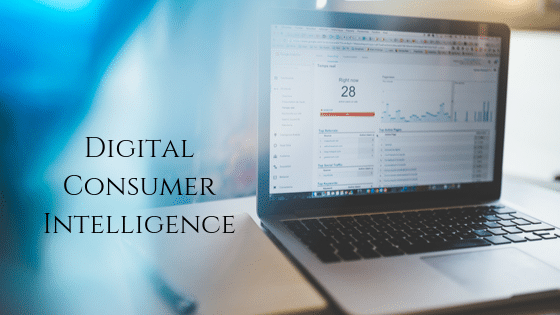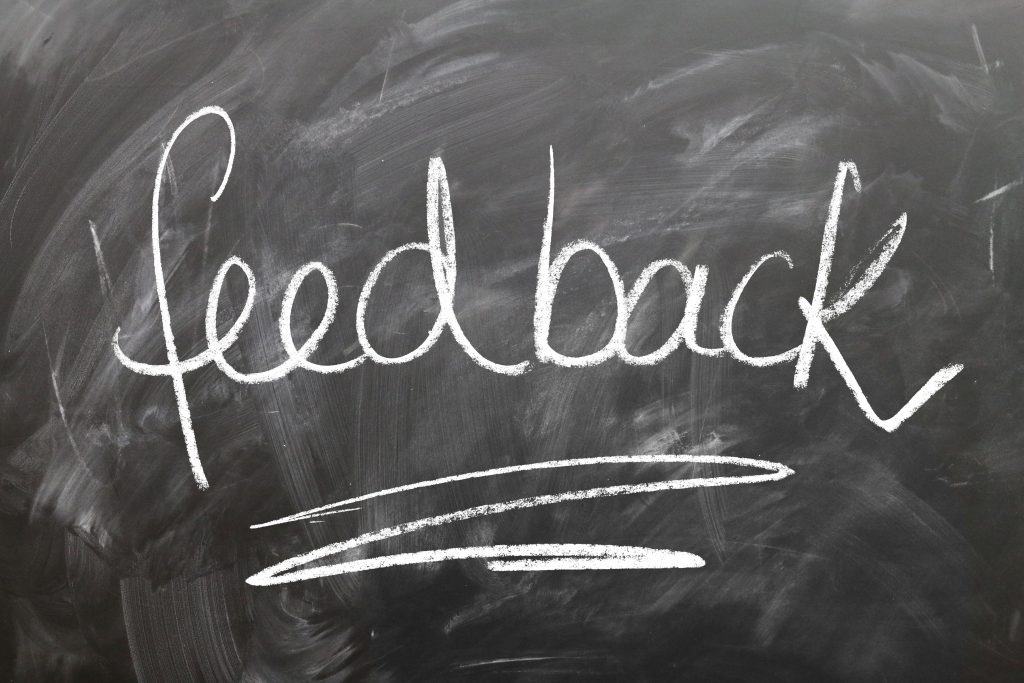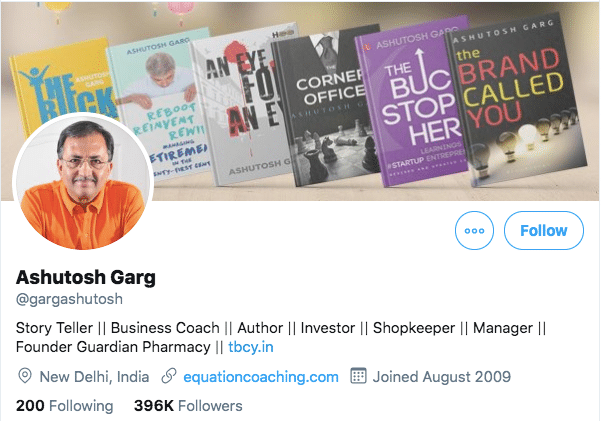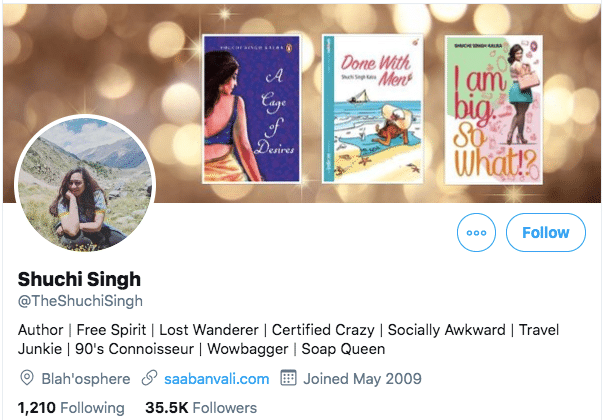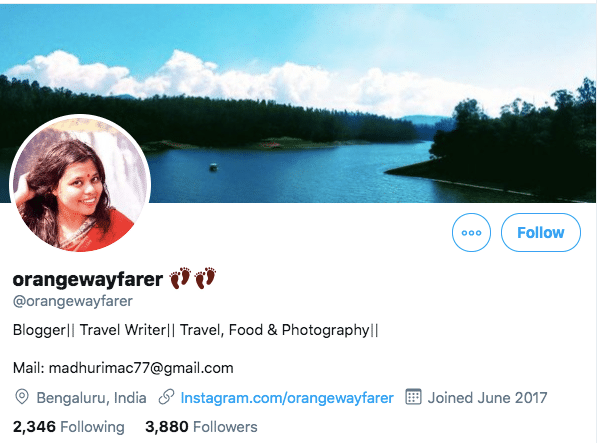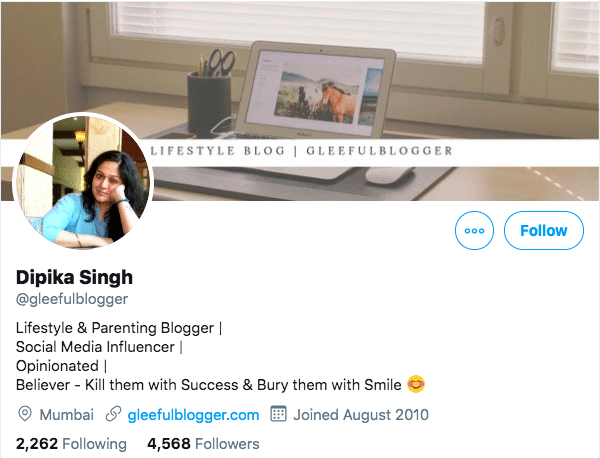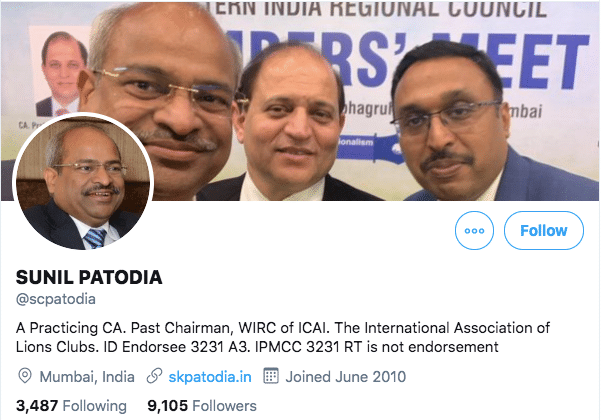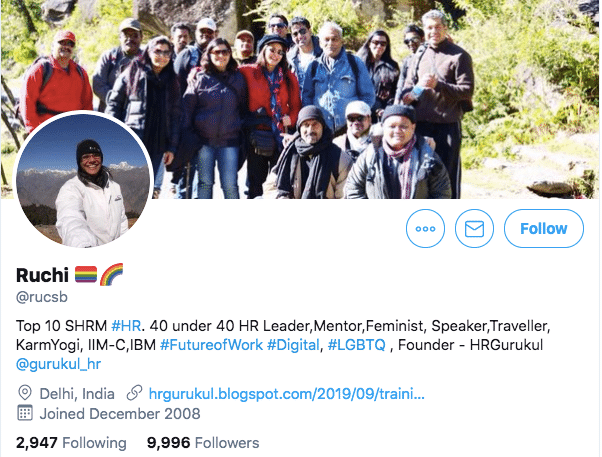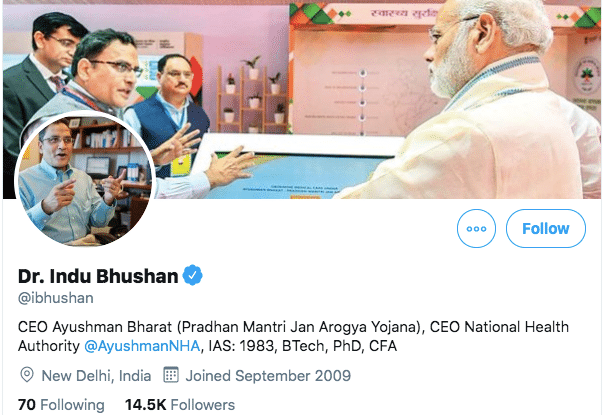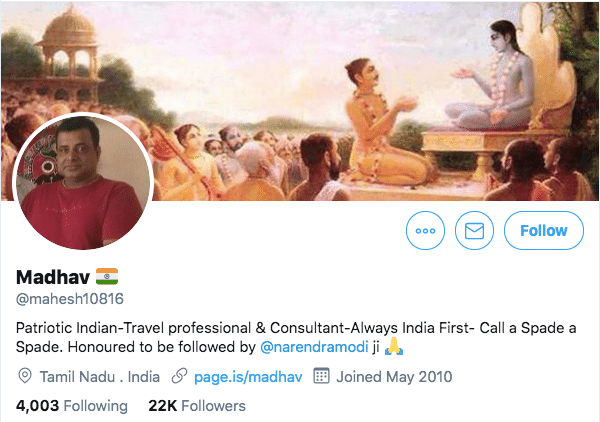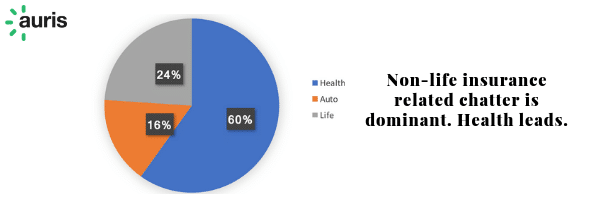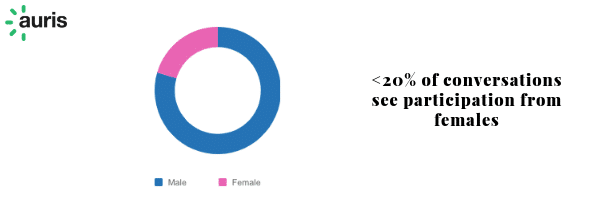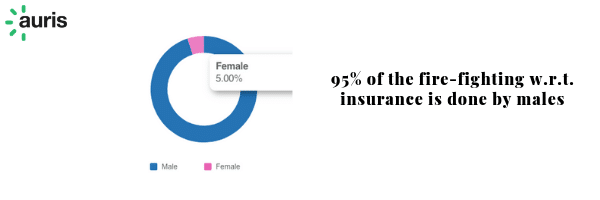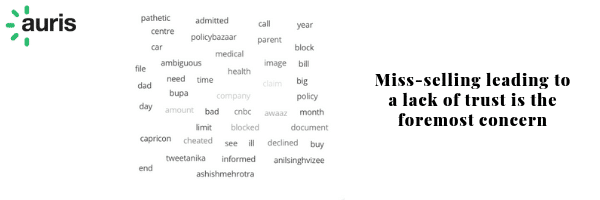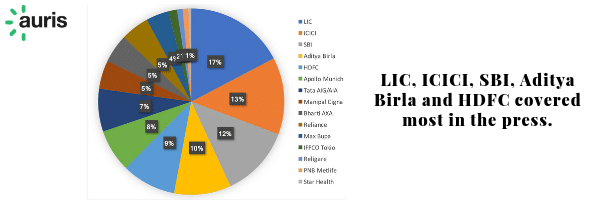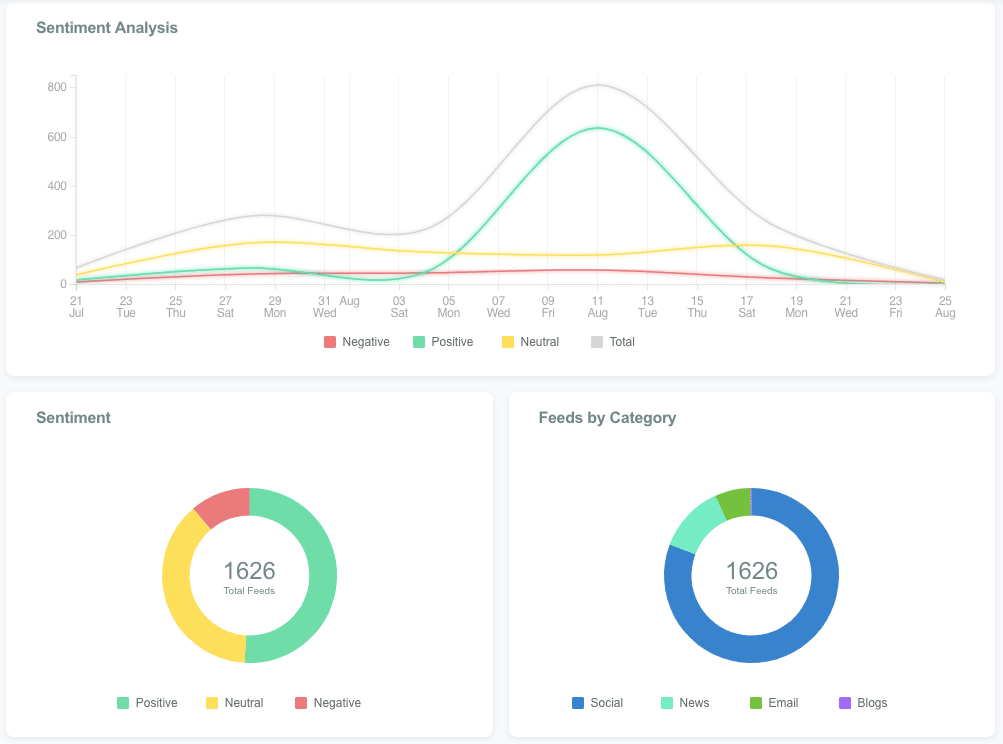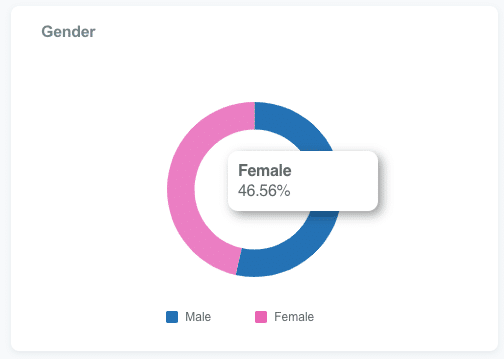Digital Consumer Intelligence
In the digital era, trends and online chatter are deciding the futures of industries. Over the past few decades, there has been exponential growth in the availability of digital data. Consumers freely speak about their experiences with a brand and express their opinions on the brand’s service or products on social media. This brings digital consumer intelligence into perspective for growing businesses. Digital consumer intelligence has probably always been a smaller or bigger part of your business plan, it is only becoming more important each day. First-hand data and the insights gained from consumers via digital platforms, be they in the form of surveys or opinions via social media platforms, define digital consumer intelligence.
How does Digital Consumer Intelligence help You?
Managers often focus solely on the product or service they are offering, forgetting to listen and then react appropriately to what their customers have to say. This is one of the key steps of sustainable success for your business. Your ability to guess or predict the needs of customers will be low if you had nothing to aid you. Social listening tools source first-hand data for you making it easy for you to gain digital intelligence.
There are tools aplenty to help you gather consumer intelligence. But how does it help your business? Digital consumer intelligence is the gateway to making informed decisions, improving customer relationships and being able to know the preferences of your prospective clients.
Digital consumer intelligence begins with reference data which tells you about the audience’s location and so on. It is backed with transaction data such as a report of your customers’ activities online. Customizations to the tool allow you to gather additional insights like engagement details, real-time feedback, preferences and so on.
Key Benefits of using Digital Consumer Intelligence
Customer intelligence platforms help you understand a customer’s view of your product/service. This, in turn, makes your brand more receptive to their needs and wants which is the key to successful business growth.
Customer Engagement
Social media has made it easy to access mass attention. Digital consumer intelligence helps you track relevant comments, reviews that mention your brand or your industry. Engaging with these posts makes your audience aware of your value proposition and increases your brand visibility in general. Customer engagement gets so much easier.
Real-Time Feedback and Insights
With thousands of active social media users, data management can be difficult. Pulling out relevant data in real-time is the key feature of any digital consumer insight providing a platform. These metrics help analyze the vast amount of collected data and build on the necessary bits. Any decent platform lets you track and integrate social media pages, news boards, blogs et cetera at a centralized location.
Business Agility and Efficiency
Customers feel disappointed if their issues aren’t addressed immediately. Listening to customer feedback helps you get back to them quicker than ever. Besides tracking feedback, digital consumer insight platforms allow you to chat with prospects. A prospective customer would feel valued if they are responded to and made to feel important as your customers. Chances are they would make their purchase decision quicker than they usually would have.
A Stronger Relationship with Your Customer Base
Social listening is a proven strategy that helps you build stronger relationships with your clients. When you learn about your customer’s needs, it’s easier for you to meet them or deliver to them quickly. This makes your customers place faith in your brand. Happy customers are also staunch advocates for your brand who brings in their friends to try out your product. The cycle goes on. Gathering consumer insights is a foolproof way to gain a strong, loyal customer base.
The takeaway is really simple. By understanding customer needs, you build strong and long-lasting relationships with your audience which will help your business to grow. Digital consumer intelligence platforms help you meet customer needs better and help you to create a sense of unique value for your brand. It’s a win-win for everyone involved.

